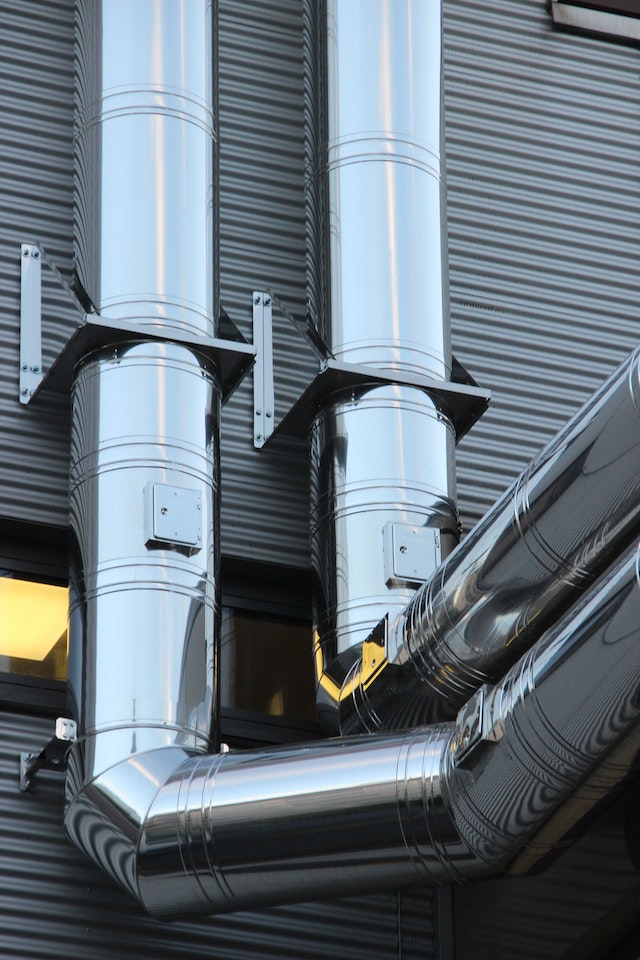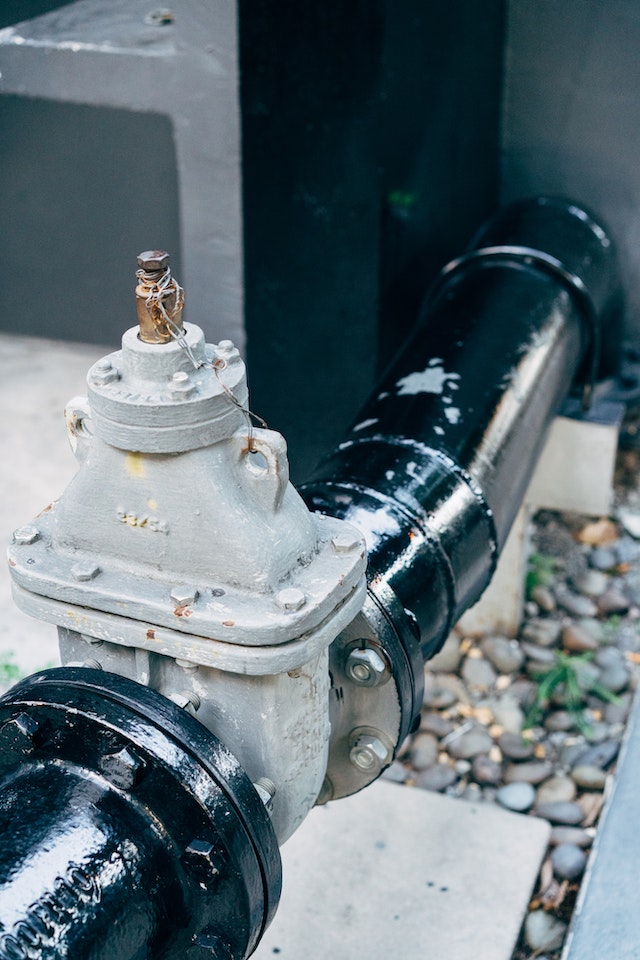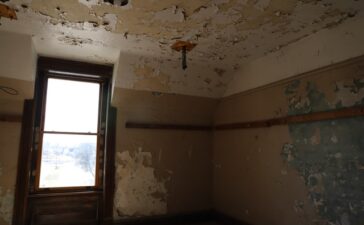Water is life, and the pipes that bring it to us are the unsung heroes of our lives. These networks run under our streets, where we often don’t see them but they are highly important to our daily lives. They make sure that clean water gets where it needs to go, from busy metropolises to peaceful neighbourhoods. But keeping these pipelines in good shape is a big problem for both cities and utility corporations.
Because we need reliable access to clean water, it’s important to appreciate how complicated pipeline maintenance is. The infrastructure may not be easy to see, but it is very important. What problems do the people in charge of maintenance have to deal with? And how may new technologies help with some of these problems? Let’s take a look at distribution water pipelines and what you need to know about the problems that come up when you try to keep them in good shape.

New technologies for maintaining pipelines
New technology is changing the way pipeline maintenance is done very quickly. New technologies, such as remote monitoring systems, make it possible to acquire data about distribution water pipelines conditions in real time. This not only speeds up responses, but it also makes decisions easier.
Drones are also changing how inspections are done. They can easily get to places that are hard to reach and take comprehensive pictures and films that show problems that aren’t obvious. This lowers the dangers that come with manual inspections while yet making sure that evaluations are complete.
Advanced sensors are now very important for finding leaks early. These devices keep an eye on changes in pressure and water quality all the time, letting operators know before problems get worse and turn into severe breakdowns.
Predictive analytics systems use past data to guess when something might go down. These technologies help prioritise maintenance tasks by finding trends, which cuts down on downtime and expenses by a large amount.
Using these technologies makes it possible to come up with smarter ways to manage the maintenance of distribution water pipelines.

Taking steps to stop pipeline failures before they happen
It’s not easy to keep the distribution water pipelines in good shape. There are a lot of problems, and ignoring them can have serious consequences. Fortunately, there are good ways to deal with these problems.
Taking steps to prevent problems is the most important thing you can do to cut down on pipeline failures. Regular inspections are very important for finding possible problems before they get worse. Using cutting-edge tools like drones or smart sensors makes it possible to keep an eye on things without interrupting service.
Training personnel on best practices makes sure that everyone knows how important maintenance routines are. Also, keeping accurate records makes it easier to see trends that could lead to future failures and keep an eye on performance over time.
Buying good materials for installation can also pay dividends in the long run. Pipes that don’t rust or protective coatings may cost more at first, but they will save you money in the long run by cutting down on maintenance.
Working with local stakeholders also helps efforts. Utilities and communities that talk to each other more often are more aware of the health of pipelines and are more likely to work together when problems come up.
Water companies may greatly lower the chance of pipeline failures by implementing these proactive procedures. This will also make sure that everyone can safely get to clean water.





